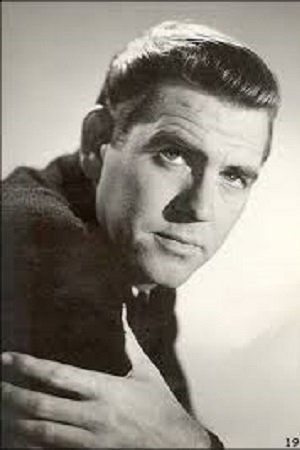Sanford Clark
Birthplace:
Tulsa, Oklahoma, USA
Country-western singer Sanford Clark was born in Tulsa, Oklahoma, but his family moved to Phoenix, Arizona, when he was nine years old. He began performing in the Phoenix area in the early 1950s. He enlisted in the Air Force and during his hitch he formed a band, which played in the South Pacific and Hawaii. After his discharge, he returned to Phoenix to pursue a singing career full-time. He met singer/songwriter/producer Lee Hazlewood, then a DJ on a Phoenix radio station. Hazelwood wrote a song for Clark, "The Fool", which Clark recorded in 1956 and which was released on MCI Records. The song began to gain in popularity, and when a Philadelphia DJ mentioned it to executives at Dot Records and they played it, the label picked up the song to distribute nationally. It didn't take long for it to become a hit, reaching #14 on the Country Singles chart, #5 on the Black Singles chart and #7 on the Billboard Top 100 chart. Clark went on tour to give the song more exposure, and opened for such major acts as Ray Price and Roy Orbison. His follow-up record, 1957's "The Cheat", was also a hit, though on a smaller scale than "The Fool". Clark left Dot Records after a fight with the owner and signed with the smaller Jamie Records in 1958. For that label he recorded "Son of a Gun", which was also a hit (and which The Rolling Stones' Keith Richards credits as the first song he ever performed with the Stones). Clark eventually left the music business and worked in construction, although he did start his own record label, Desert Sun Records, and recorded some songs on it.





